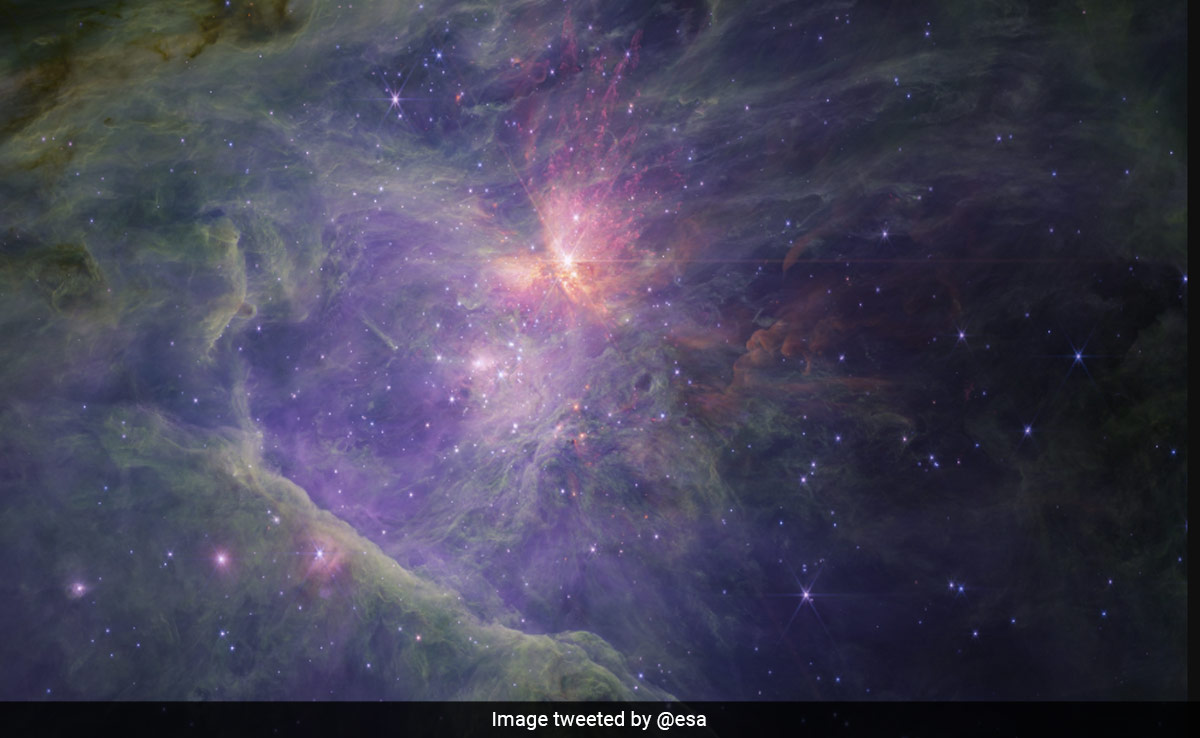
These objects have been nicknamed Jupiter Mass Binary Objects, or ”JuMBOs”.
The James Webb Space Telescope (JWST), the most powerful telescope developed by mankind, has spotted Jupiter-sized ”planets” that are free-floating in space and not connected to any star, BBC reported. These objects have been nicknamed Jupiter Mass Binary Objects, or ”JuMBOs”.
Around 40 pairs of these were identified by the JWST during a survey of the Orion Nebula. Notably, these objects are too small to be stars, but also defy the conventional definition of a planet because they are not in orbit around a parent star. As of now, these mysterious objects have left astronomers clueless who are struggling to explain them.
New space images!🤩
The NASA/ESA/CSA James #Webb Space Telescope has added detailed images of the Orion Nebula to our ESASky application.
Zoom into this region with a rich diversity of phenomena including protostars, brown dwarfs and even free-floating planets! pic.twitter.com/In4FQk8hrX
— ESA (@esa) October 2, 2023
The European Space Agency (ESA) team has given two possible origin explanations for these massive objects. The first one is that these objects grew out of regions in the nebula where the density of material was insufficient to make fully-fledged stars.
The second possibility is that they are planets that formed around stars but were eventually ‘kicked out’ due to gravitational interactions.
”The ejection hypothesis is the favoured one at the moment. Gas physics suggests you shouldn’t be able to make objects with the mass of Jupiter on their own, and we know single planets can get kicked out from star systems. But how do you kick out pairs of these things together? Right now, we don’t have an answer. It’s one for the theoreticians,” the European Space Agency’s (Esa) senior science adviser told BBC News.
Speaking to Metro.co.uk, Dr Ed Bloomer, astronomer at Royal Observatory Greenwich said, ”It’s happening in the Orion Nebula, a star-forming ‘stellar nursery’ where we have already seen hundreds of nascent planetary systems. Together, this points to the possibility that our existing models and explanations for planetary formation and evolution aren’t as complete as we’d like them to be – and I don’t think any astronomer would claim that we had explained everything in that area of astrophysics anyway. Potentially we’re looking at something very different from what anyone has seen before.”
The Webb telescope, which was launched in 2021 and began collecting data in 2022, has reshaped the understanding of the early universe while taking stunning pictures of the cosmos. Since becoming operational, Webb has revealed the existence of the earliest-known galaxies, and black holes, and unleashed a raft of unprecedented data. Webb is about 100 times more powerful than the Hubble telescope.




